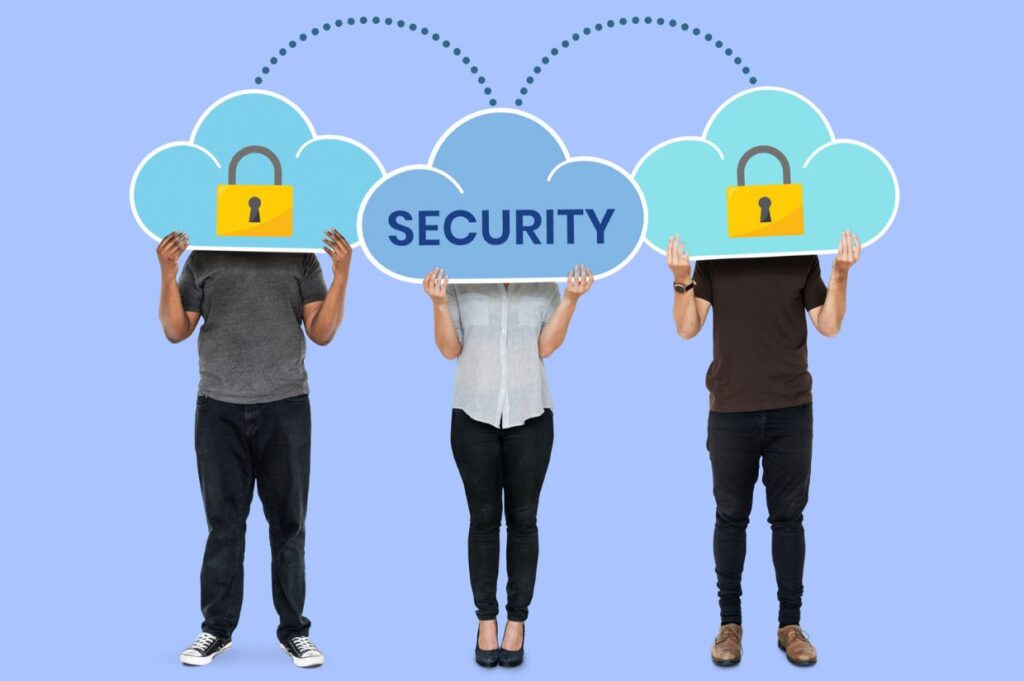Whether you’re writing about travel, food or your day-to-day life, there’s something about sharing your thoughts and experiences that connects you to your readers. But how much is too much? Knowing when to share personal stories and when to hold back is a fine line, and it can sometimes feel like you’re trying to navigate a minefield. So, how do you find the sweet spot between being authentic and protecting your privacy?

Why personal stories matter in blogging
Let’s be real — people love stories. We’re wired for them. Personal stories make blogs relatable, memorable and engaging. Whether you’re sharing how you overcame a challenge, stumbled upon an unexpected adventure or learned a life lesson, these experiences have the power to resonate with your audience in ways that facts and figures can’t. It’s this personal touch that can turn casual readers into loyal followers.
Think about the blogs you love to read. Chances are, the posts that stand out most are the ones where the blogger shares something personal, whether it’s a funny anecdote or a heartfelt struggle. When you share your own stories, you invite readers into your world. They see a part of you, and that connection keeps them coming back for more. But how much of that world do you want them to see? And how much personal content on an article is too much? We’ve all seen the complaints about too much personal information on a recipe post, for example.
Finding the balance: What to share
The beauty of blogging is that you’re in control of your narrative. You get to decide what stories to tell and how much detail to include. But here’s where it can get tricky. Share too little, and your blog might appear distant or impersonal. Share too much, and you could feel overexposed or worse — end up regretting it later. Or, fall victim to negative feedback and complaints.
When deciding what personal stories to share, ask yourself these questions:
- Will this story add value to my readers? Will your experience inspire, educate or entertain your audience? If the answer is yes, it’s probably worth sharing.
- Am I comfortable with people knowing this? Once something is on the internet, it’s hard to take back. Make sure you’re okay with your readers knowing this part of your life.
- Does this affect anyone else? Be mindful of sharing stories that involve other people, especially if those details could impact their privacy. It’s always a good idea to ask for their permission before including them in your posts.
A general rule of thumb: If you’d feel comfortable discussing it with a friend over coffee, sharing it on your blog is probably fine. But if it’s something you wouldn’t want to come up at a family dinner, you might want to think twice before hitting publish.
When sharing gets too personal
So, what happens when you cross that invisible line and share something too personal? The consequences can range from feeling embarrassed to putting your safety at risk. In a world where oversharing has almost become the norm, it’s easy to forget the potential downsides.
Oversharing can lead to:
- Emotional vulnerability: Putting your deepest feelings out there for public consumption can leave you feeling raw and exposed. If the feedback isn’t what you expected (or worse, you get negative comments), it can hit harder than you think.
- Security risks: Sharing details like where you live, when you’re going on vacation or intimate information about your family can expose you to privacy breaches. Online safety is a real concern, and it’s important to protect yourself.
- Boundaries being blurred: Once you start sharing too much, it can be difficult to set limits. Readers may begin expecting more personal details, creating pressure on you to keep up with that level of transparency.
Tips for sharing personal stories safely
Now that we’ve covered the potential pitfalls let’s talk about how to share personal stories in a way that feels right to you while protecting your privacy.

Edit your story
You don’t have to share everything. Sometimes, the best stories are the ones that leave out certain details. Focus on the lesson or message you want to convey and leave out the parts that make you feel uncomfortable or vulnerable.
Change names or locations
If your story involves other people or specific places, consider changing names or locations to protect their privacy (and yours). It’s an easy way to share personal experiences without giving away too much.
Set boundaries early
Decide what parts of your life are off-limits and stick to it. For example, some bloggers choose not to share photos of their children or talk about their relationships. I will discuss, for example, my kids in general, but I don’t reveal their names or ages. Setting boundaries helps you control your narrative and ensures you don’t feel pressured to share things you’d rather keep private.
Be mindful of timing
Sometimes sharing a personal story is all about timing. If you’re going through something difficult, wait until you’ve had some distance from the situation before sharing it with your readers. This gives you time to process your emotions and reflect on the experience. Also, consider relevancy. Hearing about Aunt Jane’s cat in a recipe post isn’t relevant, regardless of how her coffee cake inspired this recipe.
Use private platforms for sensitive topics
If there are stories you want to share but don’t feel comfortable broadcasting to your entire audience, consider using a private platform. Some bloggers create email newsletters or private group memberships where they can share more intimate details with a smaller, trusted community.
Remember that you’re in control
You’re the boss of your blog. You don’t owe anyone personal details about your life, and you shouldn’t feel pressured to share more than you’re comfortable with. Trust your gut — if something feels too personal to put out there, it probably is.
Protecting your privacy beyond stories
Blogging can feel like a cozy little corner of the internet, but it’s important to remember that it’s still public. Beyond the stories you share, there are a few other ways to protect your privacy while maintaining a strong connection with your readers:

- Use a pseudonym: Some bloggers prefer to write under a different name to maintain their privacy. This allows you to share personal stories without revealing your real identity. There have been some questions about this since HCU, where authenticity became more critical, so consider that before using a pen name.
- Limit personal information: Avoid sharing specific details about where you live, your exact daily routine or any personal identification numbers. The less information you give, the harder it is for someone to piece together your private life.
- Stay aware of your digital footprint: Regularly review what personal information is publicly accessible on your blog and social media accounts. Adjust your privacy settings and keep track of any information that might be too revealing.
Final words
Sharing personal stories on your blog can be a powerful way to connect with your readers, but it’s important to protect yourself in the process. By finding the balance between openness and privacy, you can share your experiences in a genuine, safe and empowering way. Remember, you control the narrative and decide what parts of your life you let the world see. Happy blogging!
Jennifer Allen, co-founder of Brilliant Bloggers and Food Drink Life, is a retired professional chef and long-time writer. Her work has been featured in numerous top publications worldwide, including The Seattle Times, Morning AG Clips, Chronicle-Tribune, Los Angeles Daily News and Daily Press, among others. She manages nine personal websites and has authored two cookbooks, “Keto Soup Cookbook” and “Keto Diabetic Cookbook and Meal Plan.” These days, she’s busy in the kitchen, developing recipes for various publications and traveling. You can find all her best recipes at Cook What You Love.
